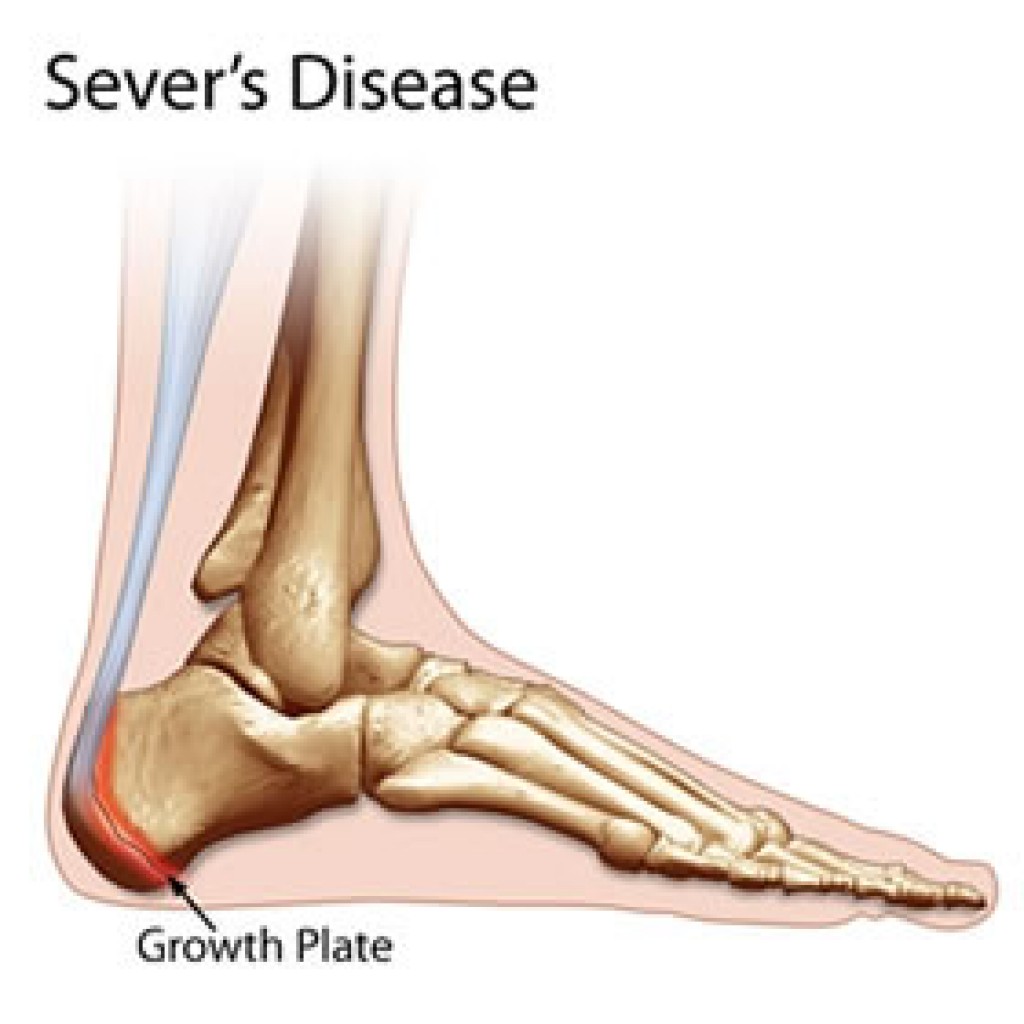Why do my child’s heels hurt?
Sever’s disease causes heel pain in children between the ages of 8 and 14 years old. Your child will complain of pain in the heel and this is usually due to the Achilles tendon pulling on the heel bone. Usually your child will complain of pain during or after exercise. Sometimes your child may be limping after sport or in the morning after an active day the day before. The symptoms can settle with rest but often come back again as soon as your child plays sport or is active.
Cause
The heel pain is usually caused by strain on the growth plate at the back of the heel bone. When a child goes through a growth spurt their bones grow at a more rapid rate then their muscles, this can cause the muscles to become tight. When the calf muscle is tight the Achilles tendon (the tendon that joins the calf muscle to the heel bone) can pull on the back of the heel causing pain.
Other factors that can contribute to Sever’s Disease are:
- Poorly fitting or poorly made footwear
- Activities that involve a lot of jumping on hard surfaces
- Obesity
- Poor biomechanics (the feet may roll in when walking)
Diagnosis
Our Podiatrists are experts in diagnosing Sever’s Disease. We are able to do some quick, simple tests that will tell us whether your child has this condition and how long it will likely take for them to recover. We often don’t need to refer for x-rays as this condition does not show up on an x-ray. We will examine your child’s walking, running patterns and footwear so that we can make sure to help in anyway we can.
Treatment
Our Podiatry team will be able to help your child by taking the pressure off their growth plates and in doing this reduce their pain very quickly. We want your child to continue running around, playing and having fun without pain. Because of this all of our treatments are targeted to getting them back on their feet, on their bikes, on the playground and anything else they can manage to climb, ride or run on as soon as possible. You can trust that we have every intention to get them back to their normal activities as soon as possible.

